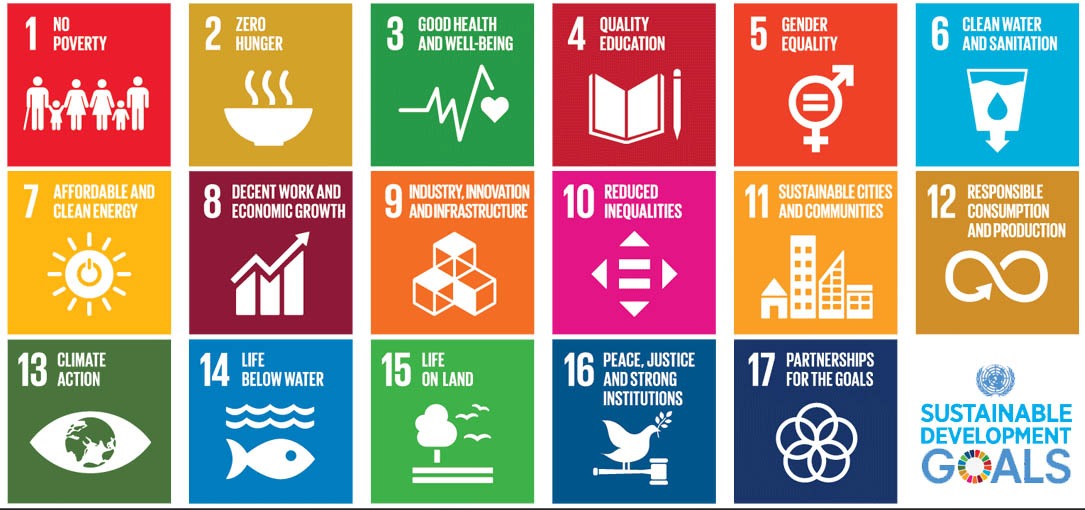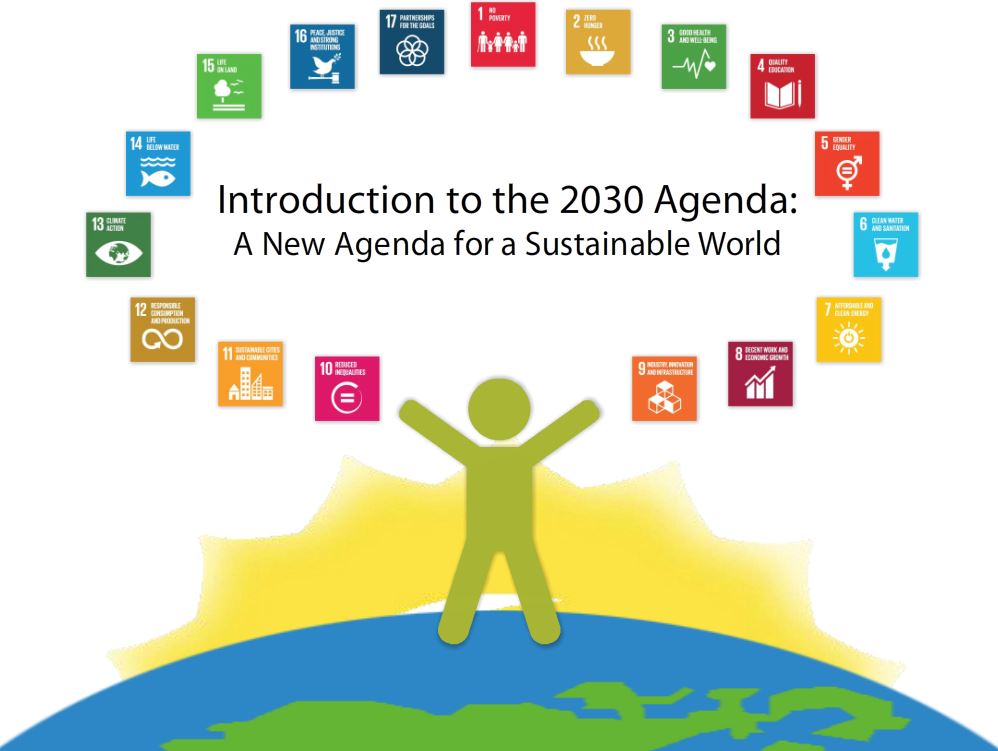
The event was the first UN summit on the SDGs since the adoption of the 2030 Agenda in September 2015. The 17 Sustainable Development Goals (SDGs) and 169 global targets sets out areas to advance sustainable development. and the 17 Sustainable Development Goals (SDGs). The 2030 Agenda comprises of 17 universal Sustainable Development. The 2030 Agenda and its 17 Sustainable Development Goals (SDGs) was adopted in 2015 by all countries of the United Nations. The UN Secretary-General describes the outcome as a “universal, transformative and integrated development agenda”. In September 2015, world leaders adopted the 2030 Agenda for Sustainable Development. The 2030 Agenda for Sustainable Development is being hailed as a positive and ambitious milestone for all regions and stakeholders. It also highlights the opportunities to reduce disaster risk, build a resilient future and achieve the goals and targets through the implementation of both the 2030 Agenda for Sustainable Development and the Sendai Framework. The 2030 Agenda seeks to achieve transformative change with respect to people, the planet, prosperity, peace and partnership. The paper gives perspectives on how disaster risk reduction and resilience is reflected in the outcome document and outlines what disaster risk reduction means for the SDGs.



In September 2015, the United Nations adopted the new Sustainable Development Goals (SDGs). This reflection paper is a contribution by the United Nations Office for Disaster Risk Reduction (UNISDR) and examines the links between disaster risk reduction and development in the context of 2030 Agenda for Sustainable Development and the Sendai Framework for Disaster Risk Reduction 2015-2030. The 2030 Agenda for Sustainable Development is made up of the 17 Sustainable Development Goals (SDGs) a roadmap for global development efforts to 2030 and. The UN 2030 Agenda for Sustainable Development.


 0 kommentar(er)
0 kommentar(er)
